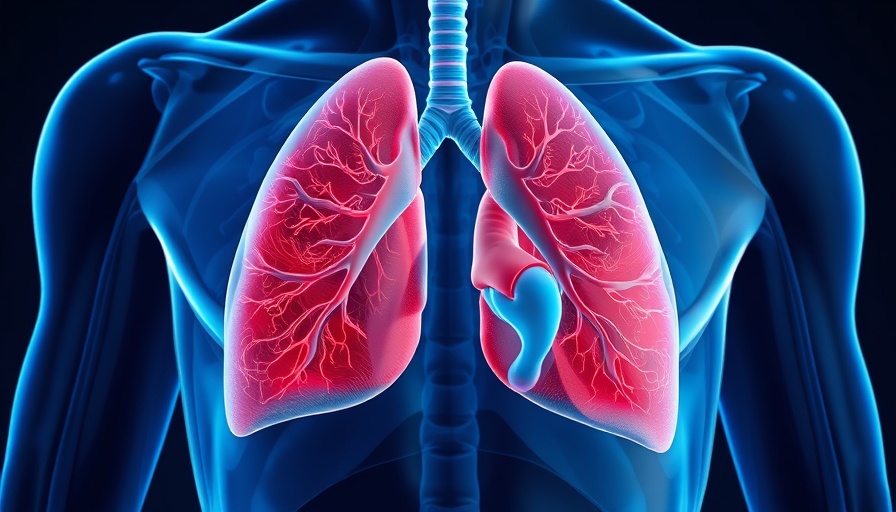
An Innovative Leap in Bioprinting Technology
In a stunning announcement from the Lithuanian startup Vital3D, the future of medical science appears to be on the brink of revolution. Dubbed as pioneers in the field of bioprinting, the company is setting ambitious goals: to make human organs for transplantation available within the next decade. However, instead of diving directly into complex constructs like kidneys or hearts, their initial focus is on something more practical—the regeneration of dog skin through bioprinted wound patches.
Why Dogs Are the Starting Point
Vital3D's CEO, Vidmantas Šakalys, shared poignant insights about his motivation to develop these technologies, having experienced the loss of a mentor to urinary cancer. This personal mission drives the company to create solutions that could potentially save lives. Recognizing the various challenges involved in printing organs, such as cellular compatibility and integration with bodily systems, the company is strategically starting with the simpler application of healing wounds in pets.
The Science Behind VitalHeal
The newly developed product, known as VitalHeal, marks a significant step forward in veterinary care. This bioprinted patch features embedded growth factors that expedite skin healing processes, reducing recovery times significantly—from 10-12 weeks to just 4-6 weeks. With tiny pores allowing for air circulation, while simultaneously blocking harmful bacteria, the patch not only speeds up the healing process but cuts down on the infection risks dramatically.
Commercial Viability and Future Prospects
The commercial prospects for Vital3D are promising, with estimates predicting growth in the global animal wound care market to reach over €2 billion by 2030. Initial projections show an addressable market of €76.5 million in the EU and US combined, showcasing substantial demand for advanced veterinary products. With plans to sell 100,000 units by 2027-2028, Vital3D capitalizes on the increasing need for effective, high-tech animal care solutions.
Looking Ahead to Human Applications
While the focus is currently on dogs, the implications for human medical applications are vast. As Vital3D tests and refines their bioprinting processes in canine healthcare, they are also laying the groundwork for future innovations in human organ transplantation. With every successful regeneration of dog skin, they move one step closer to achieving their ultimate goal of printing functional organs.



Write A Comment